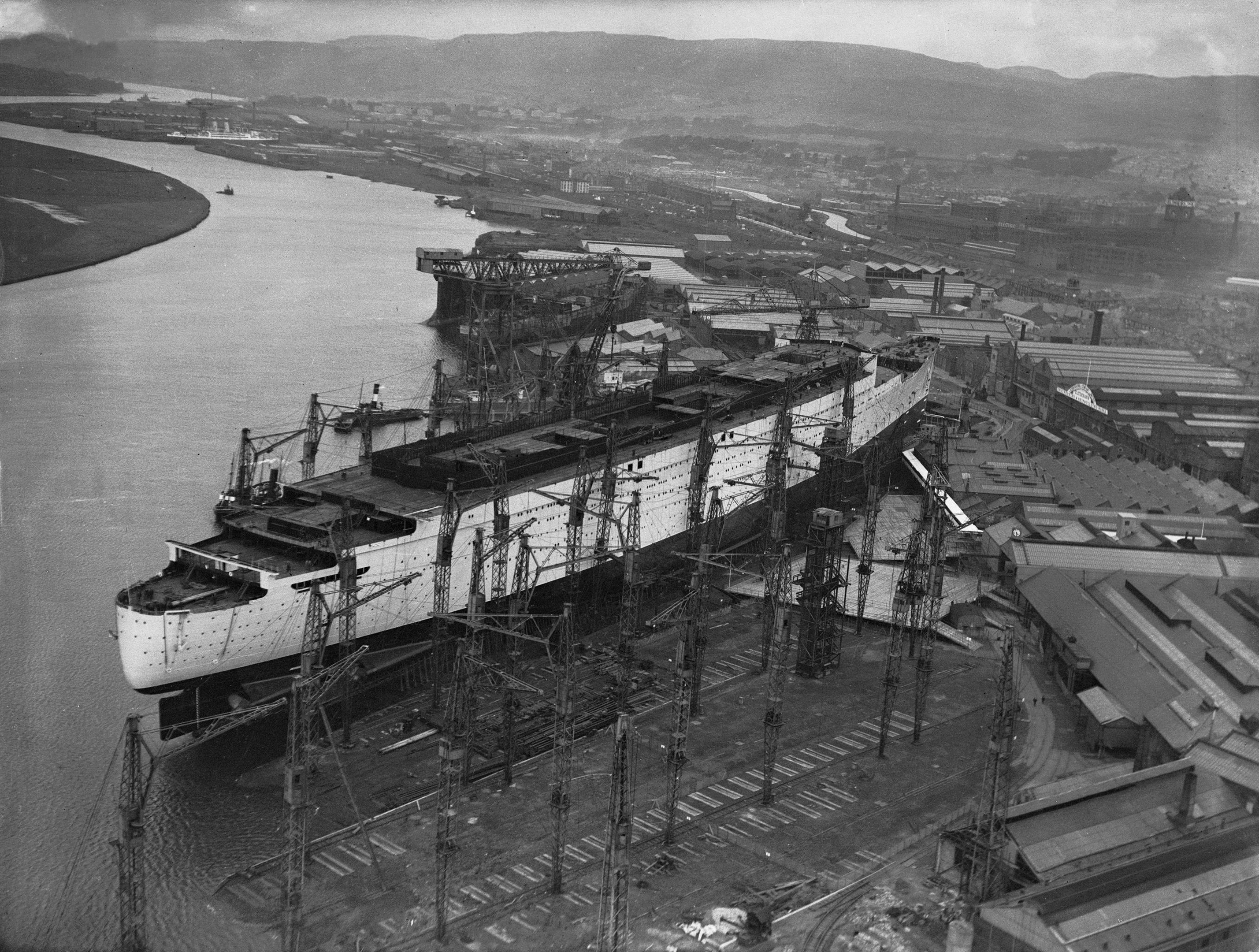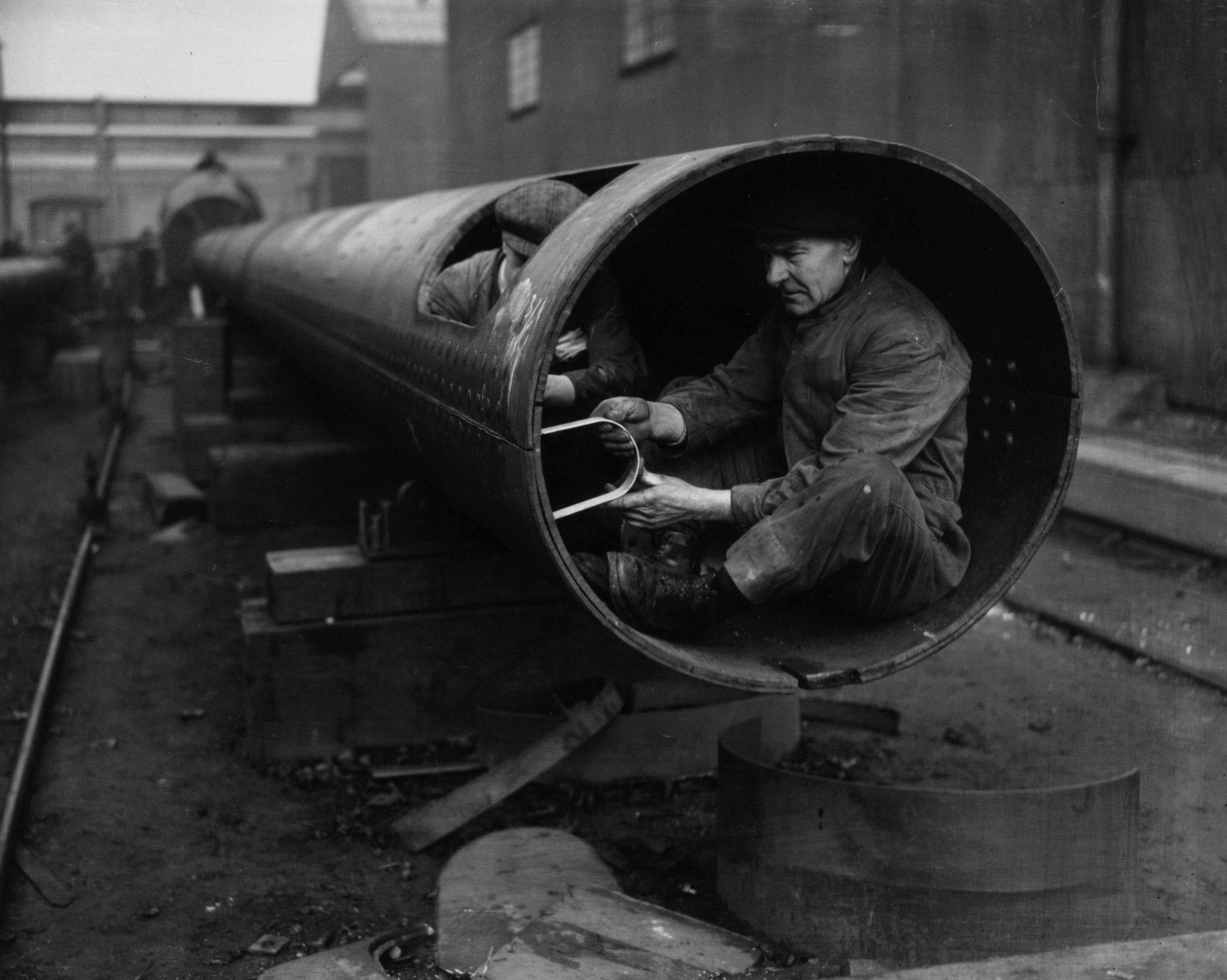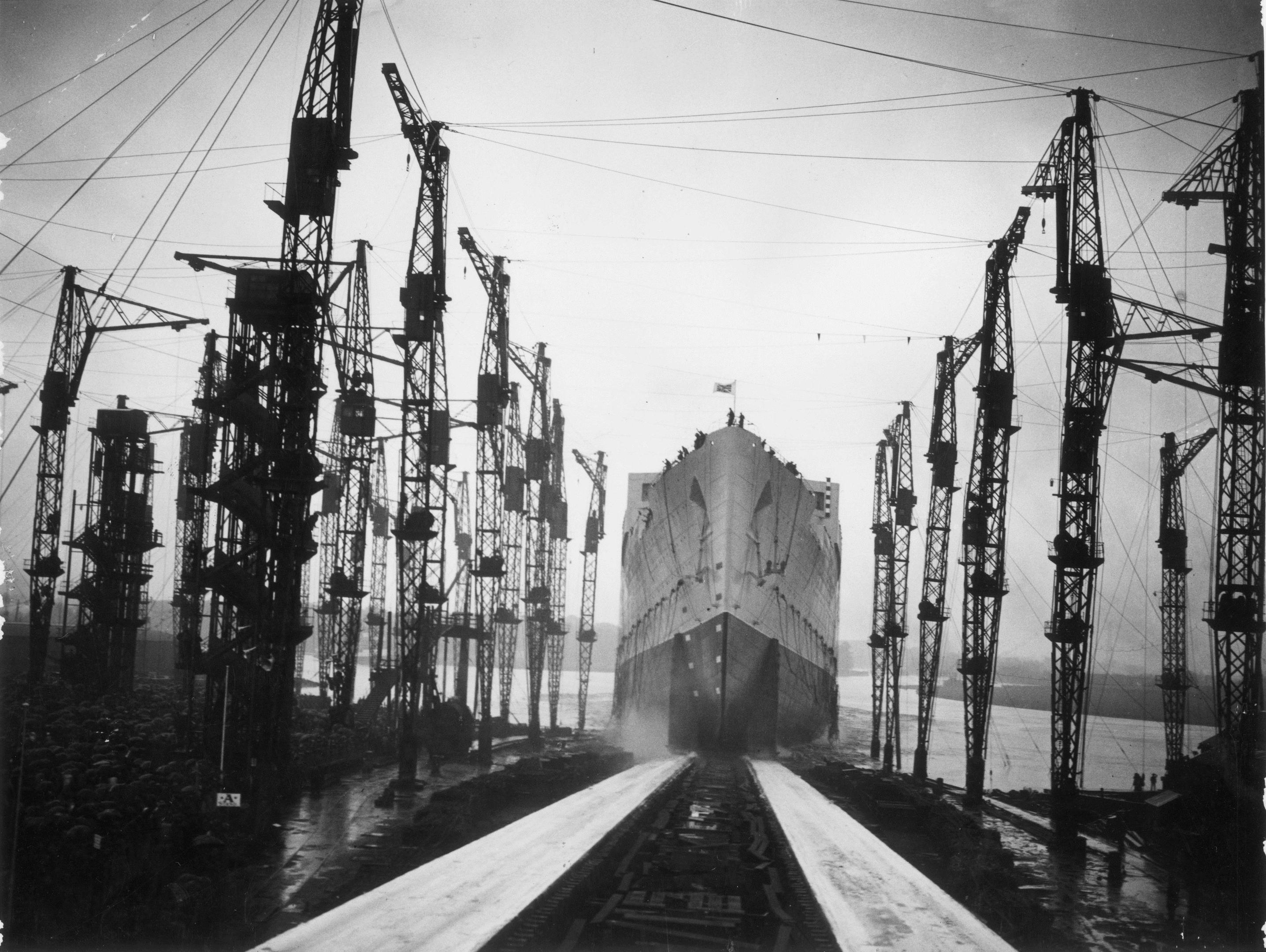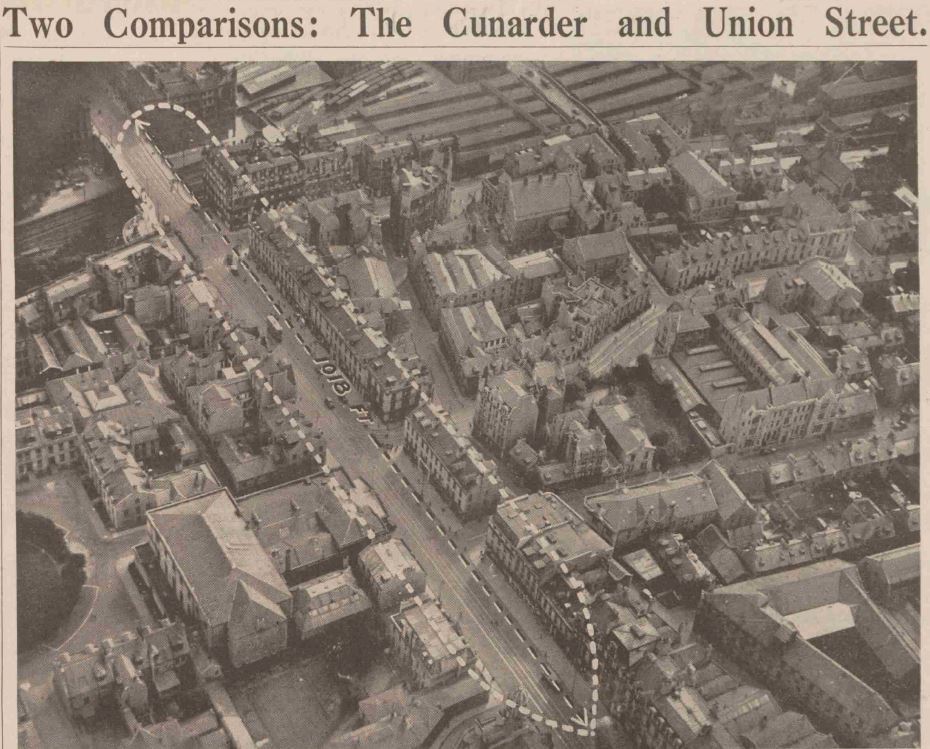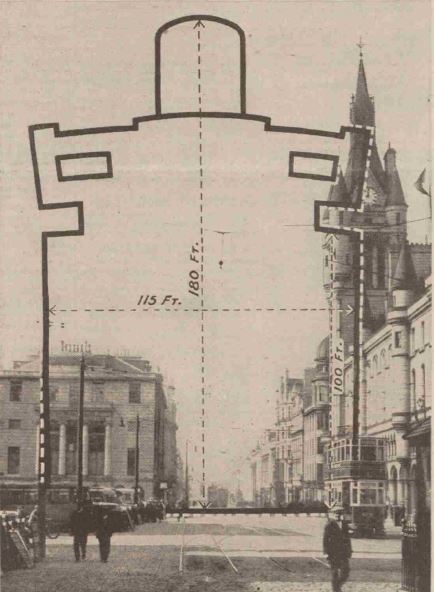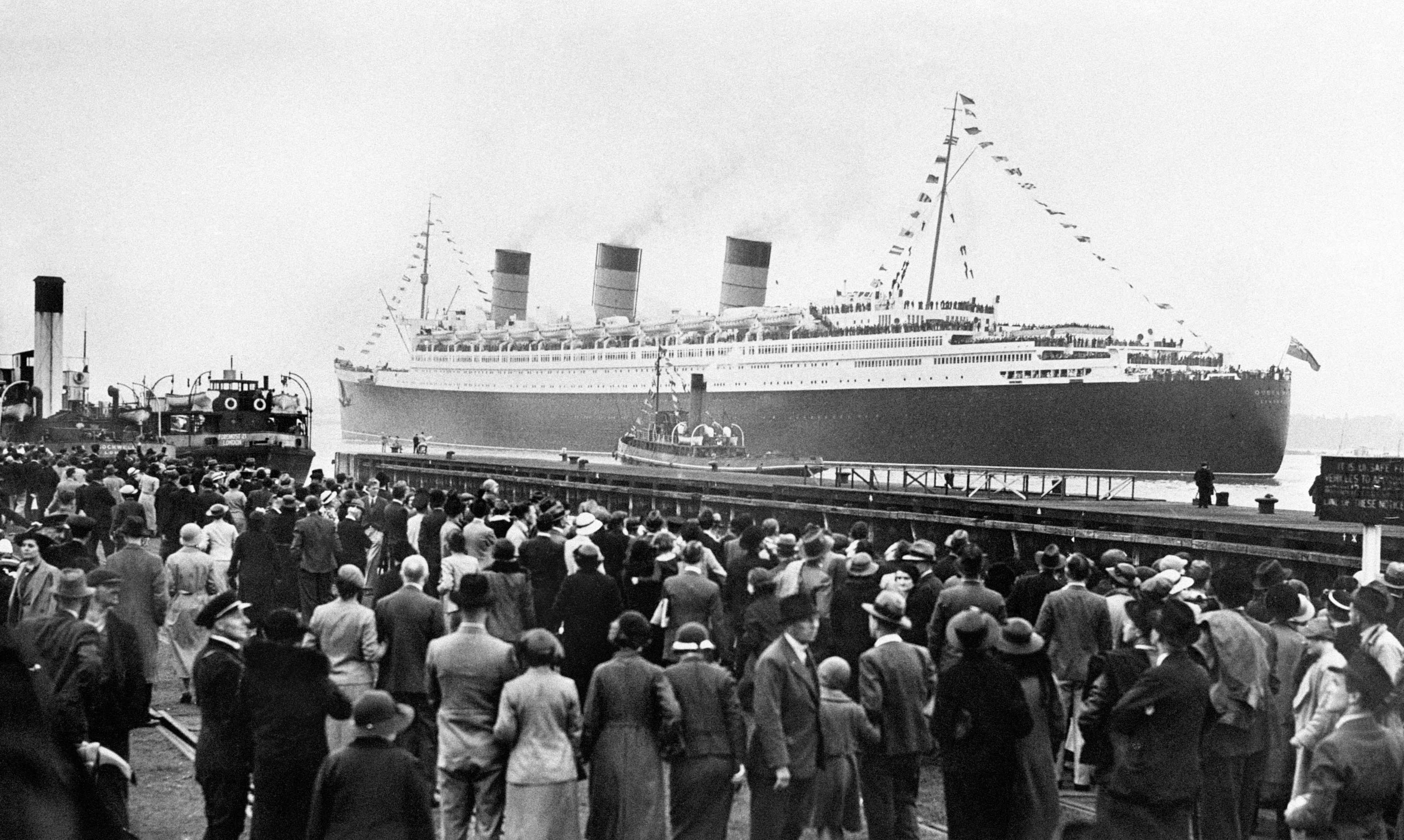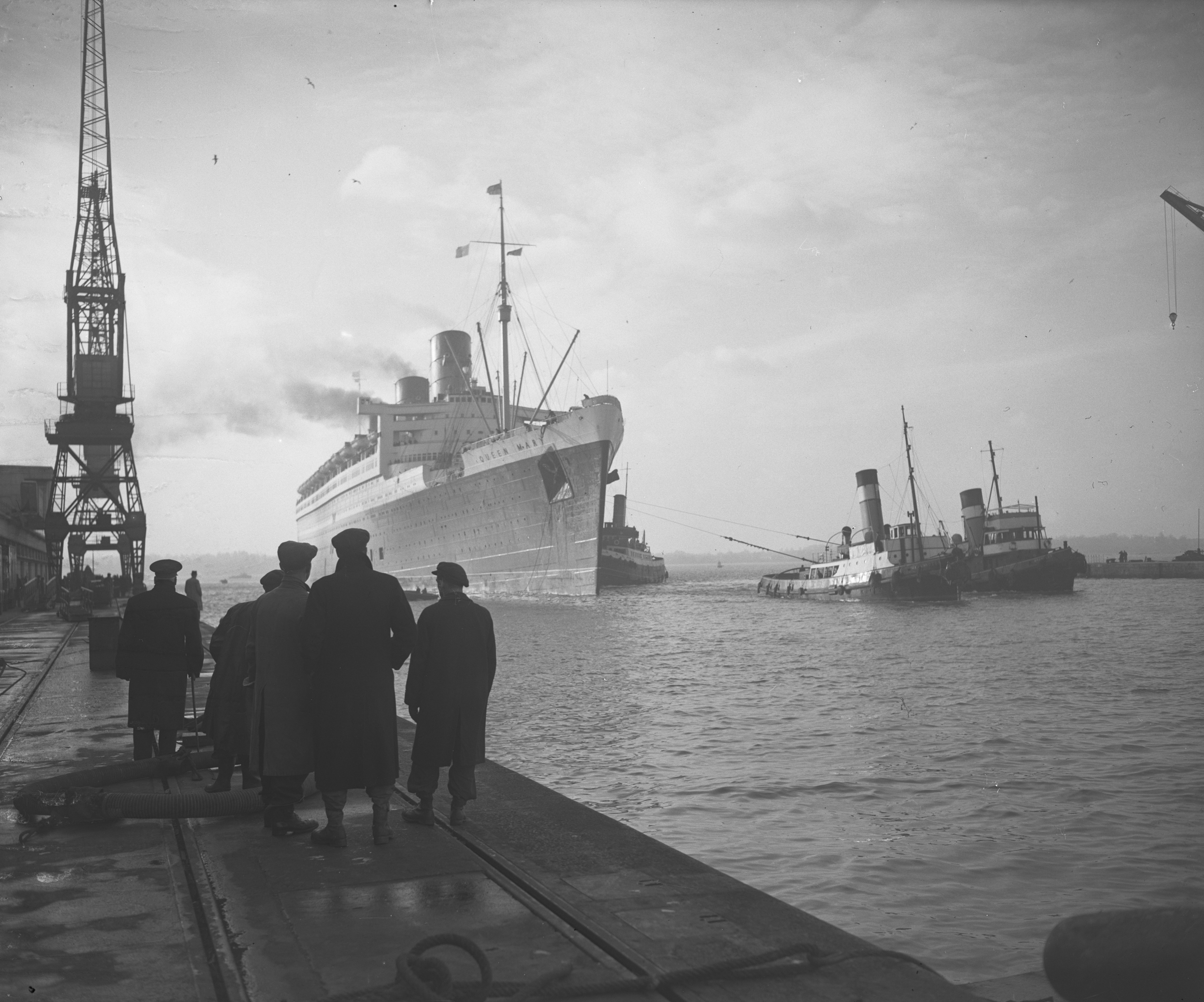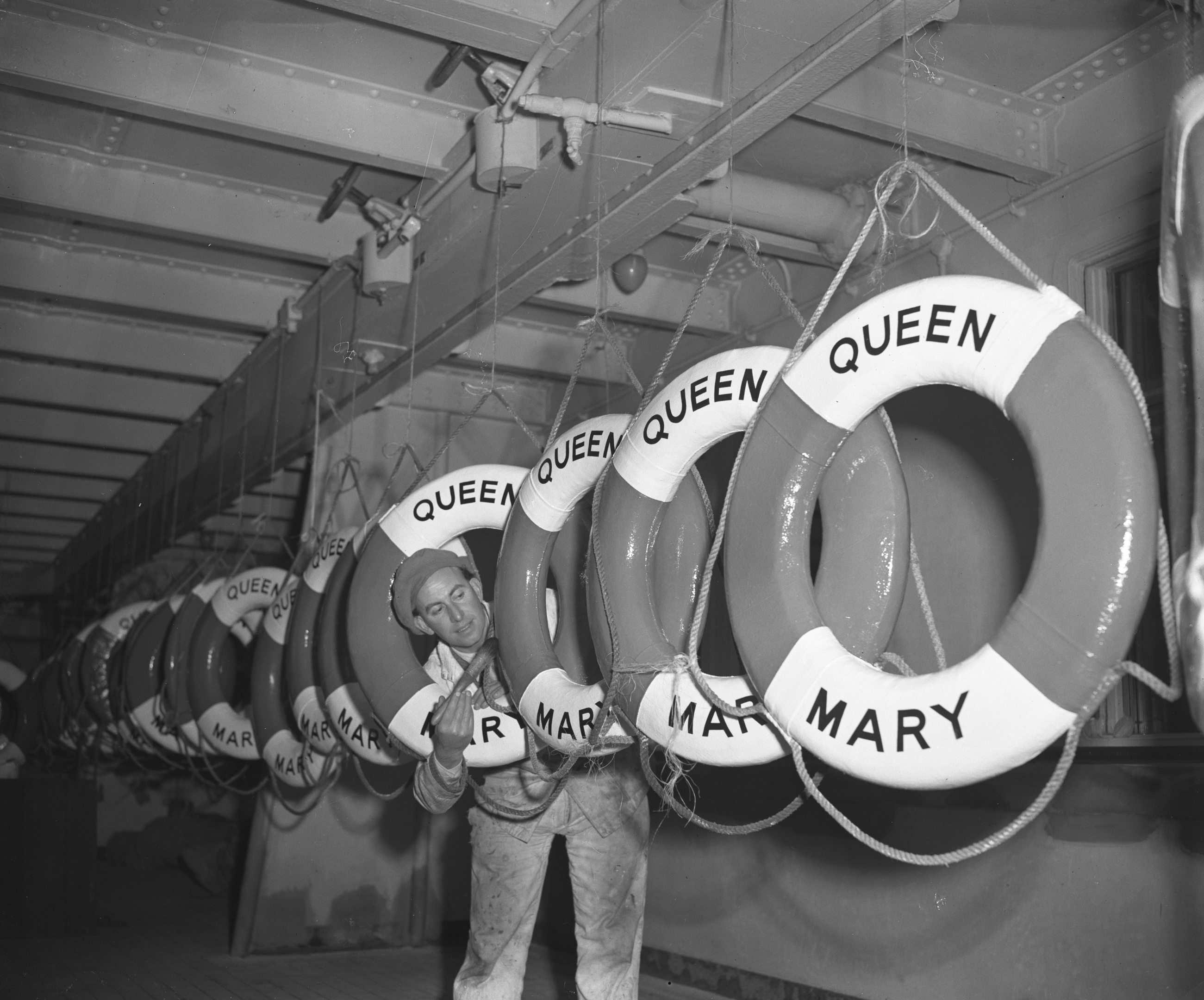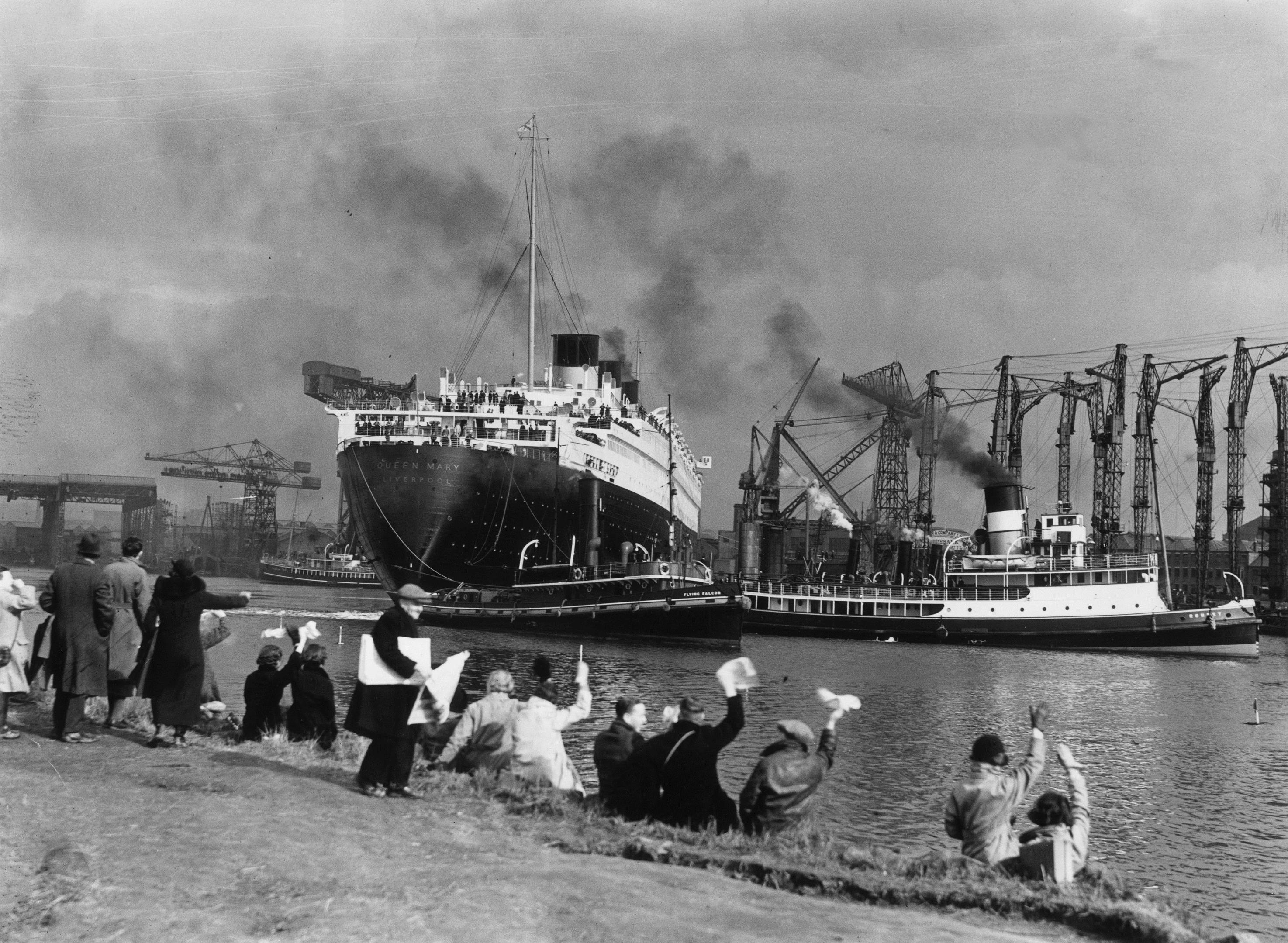
ON this day in 1934, the iconic ocean liner RMS Queen Mary first slid into the Clyde.
Built at the famous John Brown and Company shipyard in Clydebank, Hull Number 534 was this great liner’s name up until launch, where King George V’s Queen consort Mary of Teck bestowed her name upon her.
Legend has it that Cunard representatives asked the King for permission to name the ship after the country’s ‘greatest queen’ – intending it to be Victoria.
However, he said his wife would be delighted with the honour, and thus there was no going back!
The story has since been denied by company officials.
We're on a roll with maritime legends at the moment. Launched at #Clydebank today in 1934, the RMS Queen Mary. Here she is on the stocks and Queen Mary and King George ready to launch her. It was awfae dreich that day as well! #Cunard #MaritimeHistory #WeBuildLegends pic.twitter.com/a3IYlmDCNR
— WDC Heritage (@WDCHeritage) September 26, 2018
There was already a Queen Mary in existence, the Clyde turbine steamer, so an arrangement was made by its owners to rename it.
She became Queen Mary II, and is currently moored at Glasgow’s Science Centre.
On the new liner’s launch day, she slid smoothly into the water, cheered on by vast crowds of around 200,000, including the men who had built her.
A section of the river had had to be widened to accommodate the launch.
The midweek launch was covered by our sister titles The Courier and the Press & Journal, with the Aberdeen paper running an interesting piece comparing the size of the giant ship to the city’s Union Street.
The ship was fitted out with a stunning interior, including two swimming pools, libraries, a lecture hall and outdoor tennis courts and dog kennels.
She sailed on her maiden voyage on May 27, 1936 and soon became the fastest transatlantic ship, holding the unofficial title known as the Blue Riband from 1938 until 1952.
During the Second World War, she was converted to a troop ship and played a crucial role. ferrying Allied soldiers throughout the conflict.
By the 1960s though, planes had made crossing the Atlantic a much quicker experience.
The liners took several days, while the jets took several hours.
In 1967, the Queen Mary was finally retired from service, leaving Southampton for the last time on October 21.
She had one last long sail in her, heading for the sunny shores of California where she remains moored at Long Beach, far from her Clydebank origins.
The ship currently serves as a tourists attraction with restaurants, a museum and hotel.
WATCH: Curators at the V&A Dundee on what to expect at the museum, including the fascinating Ocean Liners exhibition

Enjoy the convenience of having The Sunday Post delivered as a digital ePaper straight to your smartphone, tablet or computer.
Subscribe for only £5.49 a month and enjoy all the benefits of the printed paper as a digital replica.
Subscribe